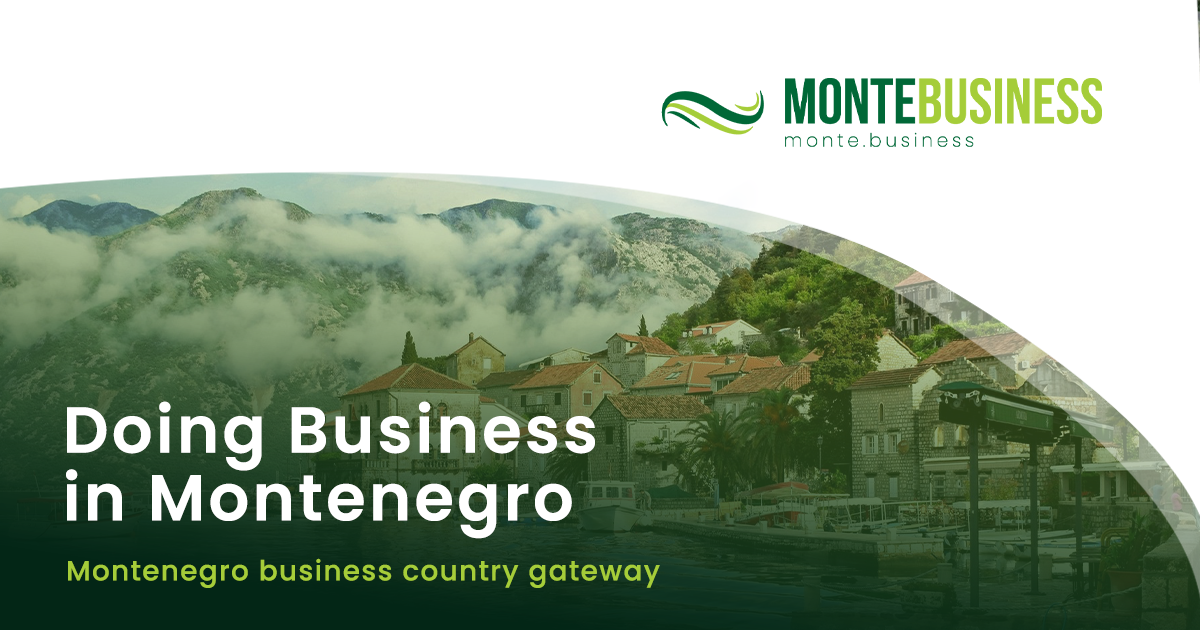Starting from October 7, 2025, Montenegro will officially begin implementing the SEPA (Single Euro Payments Area) standard in its payment system, providing citizens and businesses with faster, cheaper and more secure access to the European payment market. The Central Bank of Montenegro has decided to cap fees for SEPA transfers, marking a significant step toward modernizing the financial system and aligning it with European standards.
Joining SEPA ends high banking fees and initiates a new era of digital, fast, and affordable payments. In a country that has used the euro as its currency for two decades but has remained outside the European payment infrastructure, this move also carries symbolic significance, demonstrating that Montenegro is no longer just a user of the euro but a full participant in the European payment area.
Benefits for businesses
According to economic experts and the World Bank, SEPA reforms can boost business confidence, attract investments, and create new jobs in the region. Montenegro, along with Albania and Serbia, is part of the SEPA geographical area, but it is the first Western Balkan country to make the system fully functional. From October, all payments to the EU will be processed at European prices and standards.
The Central Bank of Montenegro highlighted that money transfer costs from Montenegro were among the highest in the region. The average fee for an outgoing SWIFT transfer was 73 euros, while in EU countries the average ranged from 0.00 to 0.06 percent, up to 20 times lower than in Montenegro. A 5,000-euro transfer cost on average 0.9 percent in Montenegro compared to just 0.38 percent from Kosovo.
New CBCG rules set fixed, significantly lower fees. The first daily transfer of up to 200 euros for individuals will cost only 0.02 euros. Electronic transfers up to 20,000 euros will be charged 1.99 euros, while larger transfers will cost 25 euros. Transfers made at bank counters will be more expensive, with fees of 3.99 euros for amounts up to 20,000 euros and 50 euros for amounts above 20,000 euros.
It is estimated that citizens and businesses will save around 13.9 million euros annually, with 10.8 million benefiting businesses. In the long term, until EU membership, savings could exceed 50 million euros. Banks are expected to lose approximately 23.5 percent of revenue from payment fees.
All banks in Montenegro have adjusted their tariffs according to the new rules, and most offer a free first transaction of up to 200 euros for individuals. The Chamber of Commerce of Montenegro and the Central Bank have emphasized that eliminating additional fees for incoming international transfers will send a signal of confidence to domestic businesses and strengthen the competitiveness of the system.
Digital channels such as internet and mobile banking are also highlighted as important. Payments made digitally are on average twice as cheap as those made at the counter, while also being faster and more secure.
The World Bank’s 2023 research showed that sending 5,000 euros between Western Balkan countries was twelve times more expensive than within the SEPA zone. Albania joined the SEPA geographical area in November 2024, and Serbia in May 2025, but in these countries the system is not yet operational as banks are still adjusting technically and regulatorily. Montenegro is the first country in the region to make SEPA fully functional, allowing citizens and businesses to conduct transactions according to SEPA rules at the same fees as in EU countries.
For Montenegro, which already uses the euro as its official currency, joining SEPA has multiple benefits. It allows citizens and businesses to pay and receive funds from the EU under the same rules applied within the Union and carries symbolic significance as evidence that the domestic financial system is aligning with European standards.
System adaptation
Implementing SEPA required adapting banking systems, IT infrastructure, and regulatory procedures, while also opening the way for further digitalization of payments, including instant transfers and QR payments planned through the TIPS Clone system from 2026.
This integration reduces business costs, encourages competitiveness, and positions Montenegro as an example of successful connection to the European payment market. Joining SEPA, along with the expected savings and improved security, represents one of the most concrete financial reforms on Montenegro’s path to EU membership.
The Western Balkans Regular Economic Report notes that reforms such as SEPA integration and the introduction of green lanes for cross-border trade can improve business confidence, attract investment, and create jobs in the region. The report suggests that financial sector reforms and better connectivity through SEPA, digitalization, and interoperability will increase investor confidence, potentially opening new opportunities for foreign investment in the Western Balkans, as investors value transparency, reliable payment mechanisms, and lower transaction costs.
The report also highlights the need for participating countries to coordinate reforms, particularly regarding infrastructure, customs policy, digitalization, and payment systems. Differences in the pace of implementation could create mismatches and transitional costs in cross-border transactions and system communication.








